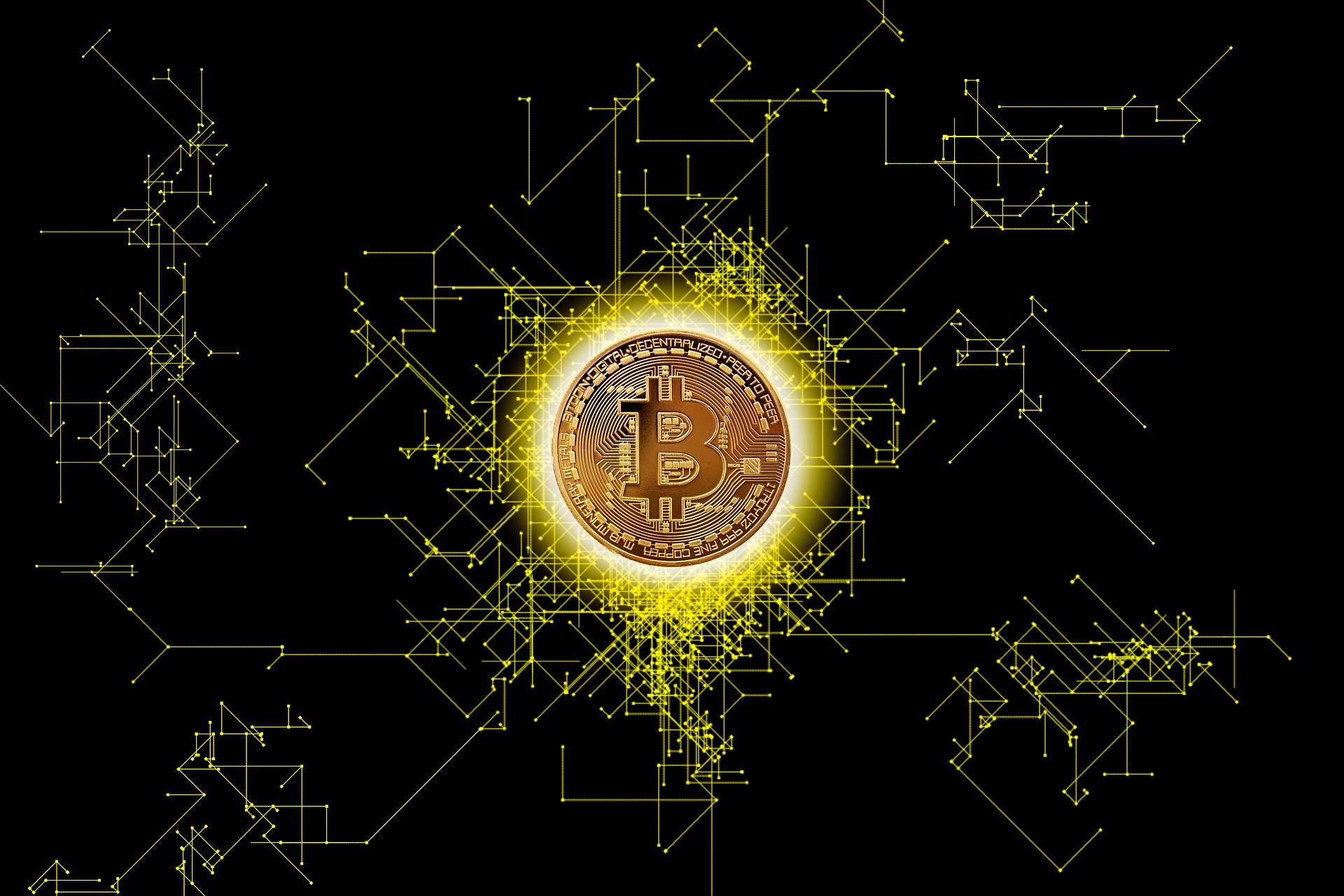What is an STO
The abbreviation STO represents Security Token Offering, an undeniably significant idea in the monetary world. STO is a cycle wherein financial backers are given a crypto coin or token. These protections, or monetary instruments, have money-related worth and are expected for exchanging on STO crypto trades, where data is recorded on open blockchains. The cycle is frequently considered a mixture approach between digital money beginning coin contributions (ICO) and the more conventional first sale of stock (IPO) for stocks.
The following types of security tokens are available
Equity Tokens
Equity tokens are security tokens that provide evidence of ownership of a corresponding asset, such as stock or debt.
Debt Tokens
In the cryptocurrency world, debt tokens are short-term loans granted to businesses at a high interest rate. Steem is one example of debt tokens, which are required for the purchase of Steem Dollars.
Utility Tokens
A utility token is a token that allows users to access products/services later on. These tokens can be used by companies for raising funds to develop blockchain projects.
Asset-backed Tokens
A token backed by a tangible or intangible asset is one that is created on the blockchain and associated with a value.
How does a Security Token Offering work?
A Security Token Offering (STO) is successfully a public occasion in which tokens are sold by means of digital currency trades. The tokens can then be utilized to exchange truly monetary resources, like values. STOs have effectively been utilized in numerous speculation situations and are as a rule all the more energetically embraced by standard and institutional financial backers.
Following are the stages of launching a security token offering
Preparation
You must come up with a compelling idea before planning to launch a Security Token Offering.
To ensure that your security token meets all regulatory requirements in various countries, consult a team of legal advisors.
Before any token is created, it is important to understand how it can gain value. Understanding a token’s value is critical before it is created.
In order to determine the value of a token, there are three factors to consider
- Role
- Purpose
- Feature
Depending on the business needs, each token role can have a particular purpose and features.
Right
Token holders have certain rights within the ecosystem based on their possession of the token. Rights may be derived from governance actions, product usage, market access, or specific contributions.
Function
Additionally, tokens can be utilized to allow holders to leverage specific functions within the product. An example is the blockchain-based digital advertising platform Brave, which enables users to add ads from BAT (Basic Attention Token) to the web browser to enhance the customer experience.
Currency
For both transactions within and outside the ecosystem, the token serves as an efficient medium of exchange.
Toll
Sometimes, tokens can act as a toll gate to allow holders to access certain functionalities of the ecosystem. For instance, in order to access the Golem supercomputer, token holders need GNT (Golem tokens).
Value Exchange
Considering that every token has value, it can be traded or exchanged within the ecosystem. Therefore, a token should fulfill the above properties to enable investors to launch Security Token Offerings with greater success.
A token’s value will increase if it has more properties.
How are ICOs and STOs different?
Starting Coin Offerings (ICO) and Security Token Offerings (STO) basically follow a similar cycle. They address the underlying appropriation of coins related to a specific venture instrument. Where they contrast is in the attributes of the token being advertised.
Tokenised Security Offerings are supported by resources and are completely consistent with administrative administration. ICOs, then again, are utility tokens that proposition admittance to a local stage and decentralized applications. ICO tokens are principally planned for utilization rather than speculation.
This implies that the obstruction to passage for ICOs is a lot lower. Thusly, they are considerably more prone to be proposed to the overall population. It’s considerably more hard to send off an STO, as the ethos behind them is to convey a venture contract under the protection of safety law. This requires significantly more planning and consistent work.
How is an ICO different from an IPO?
A similar guideline applies here. STOs issue tokens on a blockchain, while Initial Public Offerings (IPO) issue share declarations on conventional business sectors to authorize financial backers, which is the way they raise assets for the undertaking’s engineers.
Of the two strategies, STOs are viewed as more practical since there are frequently high financier and speculation banking expenses related to IPOs. STOs offer more straightforward admittance to the speculation market, accordingly lightening the need to proffer excessive expenses to venture banks and businesses.
An STO’s advantages and disadvantages
Listed below are some of the advantages and disadvantages of STOs:
Advantages
- In general, STOs are considered lower risk than ICOs and IPOs since securities laws protect them. They are also backed by real-world assets, making it easier to determine whether the token is priced correctly.
- Initial Security Token Offerings are additionally less expensive since the manner in which they’re organized makes it conceivable to eliminate go-betweens, like banks and financiers.
- As part of the STO package, smart contracts reduce the need for lawyers, making STOs more affordable.
- At last, STOs are accessible to exchange on a day in and day out premise, conveying extra adaptability.
Disadvantages
- A major disadvantage of STOs is that non-licensed financial backers can’t possess them. In the United States, you want to procure essentially $200,000 each year or have basically $1 million in the bank to turn into a licensed financial backer. This makes the tokens significantly less available than customary blockchain contributions.
- Due to their regulatory requirements, STOs are more expensive than utility tokens.
- Similar coins don’t have the same restrictions on secondary markets.
- The time-lock mechanism in security tokens also restricts trading between qualified investors after the STO process has been initiated. Once the STO process has been initiated, you can only trade STO tokens within a pre-determined period of time.
Regulation
The guideline of STOs relies upon individual purviews yet is a lot stricter than with conventional digital currencies. For instance, the Securities and Exchange Commission (SEC) in the United States distributed a Decentralized Autonomous Organization (DOA) report in July 2017, which characterized security contributions as a speculation contract.
In January 2019, the United Kingdom’s Financial Conduct Authority (FCA) delivered its Guidance on Crypto assets, in which it inferred that STOs are completely under the extent of the FCA’s guidelines. Switzerland’s Financial Market Supervisory Authority (FINMA) has likewise delivered comparable rules.
Across various districts, STOs have accordingly become profoundly controlled and secure.
The Top Security Token Offerings
There are already a variety of STO tokens out there. Although they originate from a variety of locations, the United States has emerged as a leader in the STO market. STO crypto lists of all available tokens are widely available, so many of the most popular tokens originate there. These include SPiCE VC, Blockchain Capital, Protos, Lottery.com, and 22x Fund, all of which could be found on STO crypto lists.
upcoming STOs
Among the forthcoming STO tokens expected to come to advertise are contributions from Sygnum in Switzerland and a pile of coins related to the UK’s London Stock Exchange. There are upwards of 30 STO tokens because of send-off on the London Stock Exchange’s Turquoise value exchanging administration in the coming months and a long time.





